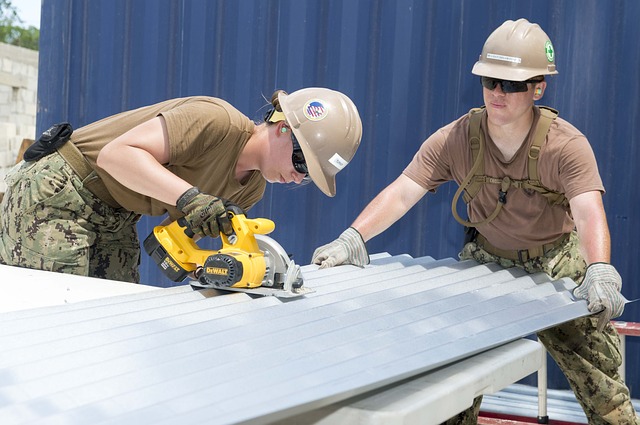Navigating Health Hazards for Women in Construction

The construction industry has long been considered a male-dominated domain. However, in recent years, there has been a notable increase in the number of women building a career in construction, bringing with them diverse skills, perspectives, and expertise. While their presence marks a significant step towards gender equality in the workforce, it also highlights the need to address specific health risks and challenges faced by women in construction. In this article, we delve into the unique health hazards encountered by women in construction and explore strategies for mitigating these risks to ensure the well-being of all workers.
Chemical Exposure Challenges
The stakes in addressing chemical exposure challenges for women in construction couldn’t be higher. A wrongful death attorney in Vancouver explained that, in extreme cases, exposure to hazardous chemicals can lead to devastating outcomes, including wrongful deaths or fatalities. Construction materials such as paints, solvents, adhesives, and sealants often contain toxic substances that can pose serious health threats. Occupational Safety and Health Administration reported that workers suffer more than 190,000 illnesses and 50,000 deaths annually related to chemical exposures.
What exacerbates the issue is that women may be more vulnerable to these risks due to physiological differences. Hormonal variations and smaller body sizes can lead to increased absorption rates and prolonged retention of toxins, heightening the likelihood of adverse health effects. Employers must prioritize comprehensive safety training and provide appropriate personal protective equipment (PPE) to minimize the risk of chemical exposure for women in construction.
Respiratory Health Concerns
Construction sites are notorious for exposing workers to airborne pollutants such as dust, silica, asbestos, and volatile organic compounds (VOCs). Prolonged inhalation of these substances can result in a range of respiratory issues, including asthma, chronic obstructive pulmonary disease (COPD), and even lung cancer. Women in construction may face additional challenges in this regard due to differences in lung anatomy and respiratory physiology, potentially amplifying the impact of airborne pollutants on their health. It is imperative for employers to implement stringent safety protocols and provide effective respiratory protection to mitigate the risk of respiratory health issues among female workers.
Personal Protective Equipment (PPE) Disparities
While personal protective equipment (PPE) is essential for safeguarding workers against workplace hazards, women in construction often encounter obstacles in obtaining properly fitting gear. Ill-fitting or uncomfortable PPE can compromise its effectiveness, leaving women more vulnerable to health risks. Addressing this disparity requires concerted efforts across the industry to provide gender-inclusive PPE options tailored to women’s anatomical dimensions and preferences. Additionally, employers must ensure that adequate training is provided on the proper use and maintenance of PPE to maximize its protective benefits for female workers.
Reproductive Health Considerations
The chemicals present on construction sites can pose significant risks to reproductive health, including fertility issues, miscarriages, and birth defects. Women of childbearing age must take extra precautions to minimize these risks, adhering to stringent safety protocols and seeking guidance from healthcare professionals.
Employers have a responsibility to accommodate pregnant workers and ensure their well-being throughout pregnancy, prioritizing the health of both mother and child. By implementing measures to protect the reproductive health of women in construction, employers can create a safer and more supportive work environment for all employees.
Psychosocial Stressors
Beyond physical health risks, women in construction may also grapple with psychosocial stressors such as gender discrimination, harassment, and lack of representation. These factors can contribute to elevated stress levels, mental health concerns, and overall job dissatisfaction.
Creating a supportive work environment that promotes diversity, equity, and inclusion is crucial for safeguarding the well-being of women in construction and fostering a culture of respect and empowerment. By addressing these psychosocial stressors, employers can enhance job satisfaction and retention rates among female workers, ultimately benefiting the entire construction industry.
Moving Forward Safely
Women play a vital role in the construction industry, bringing valuable skills, perspectives, and contributions to the workforce. However, their presence also underscores the need to address specific health risks and challenges to ensure their well-being and safety on construction sites. By acknowledging and mitigating hazards related to chemical exposure, respiratory health, PPE disparities, reproductive health considerations, and psychosocial stressors, employers can create a safer and more inclusive work environment for all employees.

